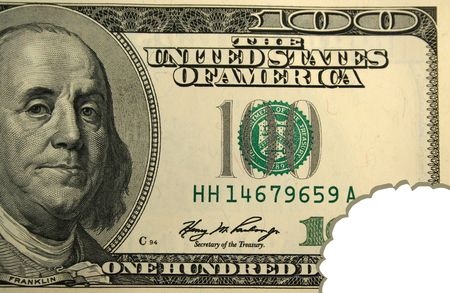How to Value A Dollar Saved

A Sales Lesson for Your Own Bottom Line
I stood in a gathering of 12 employees where the owner was about to hand out profit sharing checks for the first six months of the year.

The original plan was to hand out the checks at the end of the year; however, due to some external counsel, employees’ hard work, and a teaching lesson that management wanted to communicate, he decided on a mid-year distribution.
The owner explained, we have established a new compensation plan where each of you is going to receive a percentage of the company’s net profits.
It is important for you to understand a sale – a sale of $100 dollars, after you pay all expenses (cost of goods sold, payroll, rent, utilities, etc…) to support that sale, leaves about $15 dollars. That is a sale – that is what it takes to make a sale.
The owner continued, what is important for you to understand is that every time you help save money, it goes straight to the bottom line; and you will benefit.

By consciously controlling costs and improving efficiency, the $100 dollar sale produces $16 dollars in profit instead of $15. That is a 6.7% improvement in net income!
Today, it is impossible to find a risk free savings account that yields 6.7%.
That is how to value a dollar saved for this particular business.
Saving money by cutting expenses is one of the best ways to preserve wealth for a passive income.
Consider the last $500 check you earned. If you are employed, you probably received $400-$460 or 80-90% of the $500 because of taxes and other deductions.
What is the application? A dollar saved is worth more than a dollar earned. The dollar spent is going to require 110-120% effort to replace it.
In other words, saving money provides an immediate return on investment.






